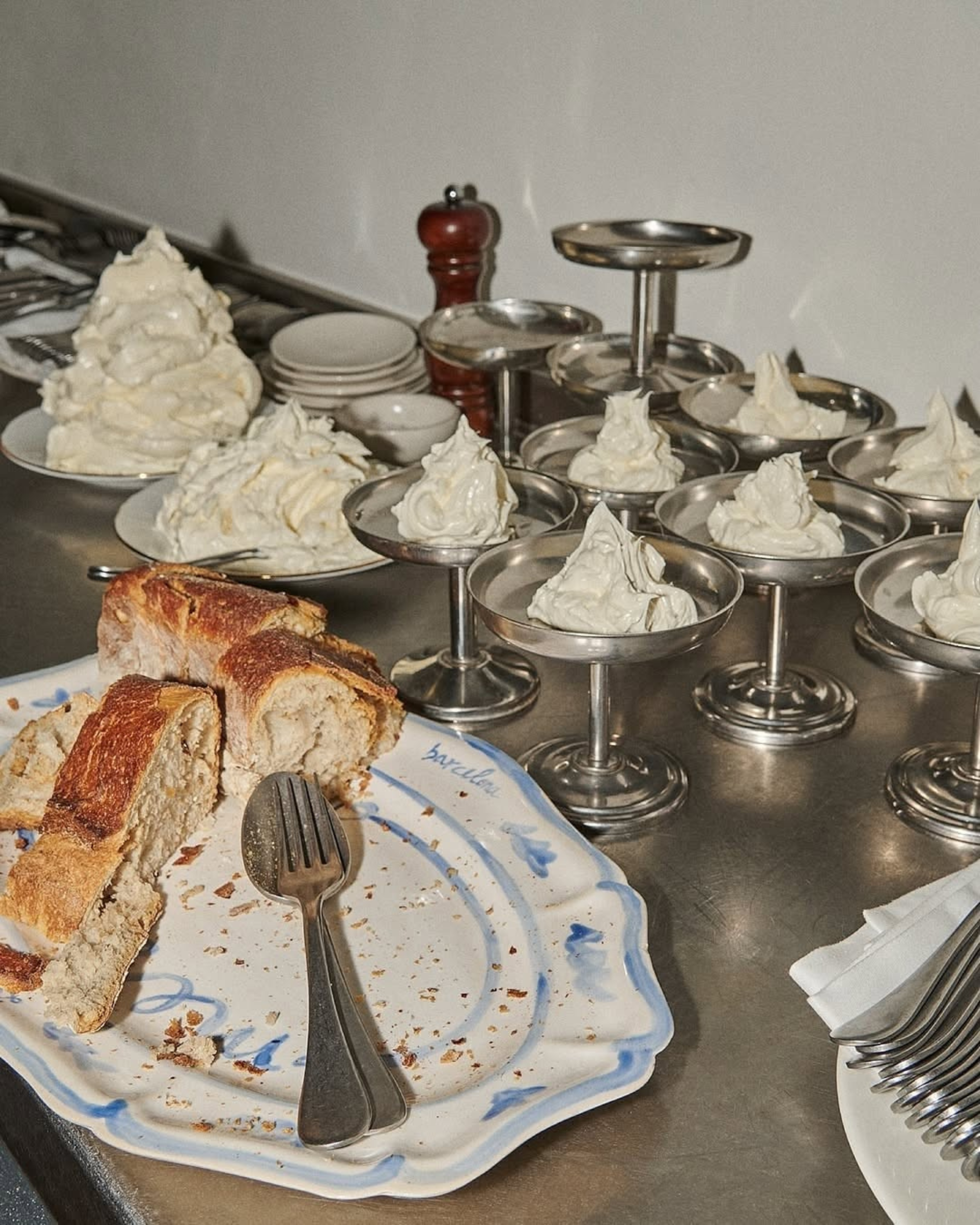THE AFTERTASTE OF BEAUTY
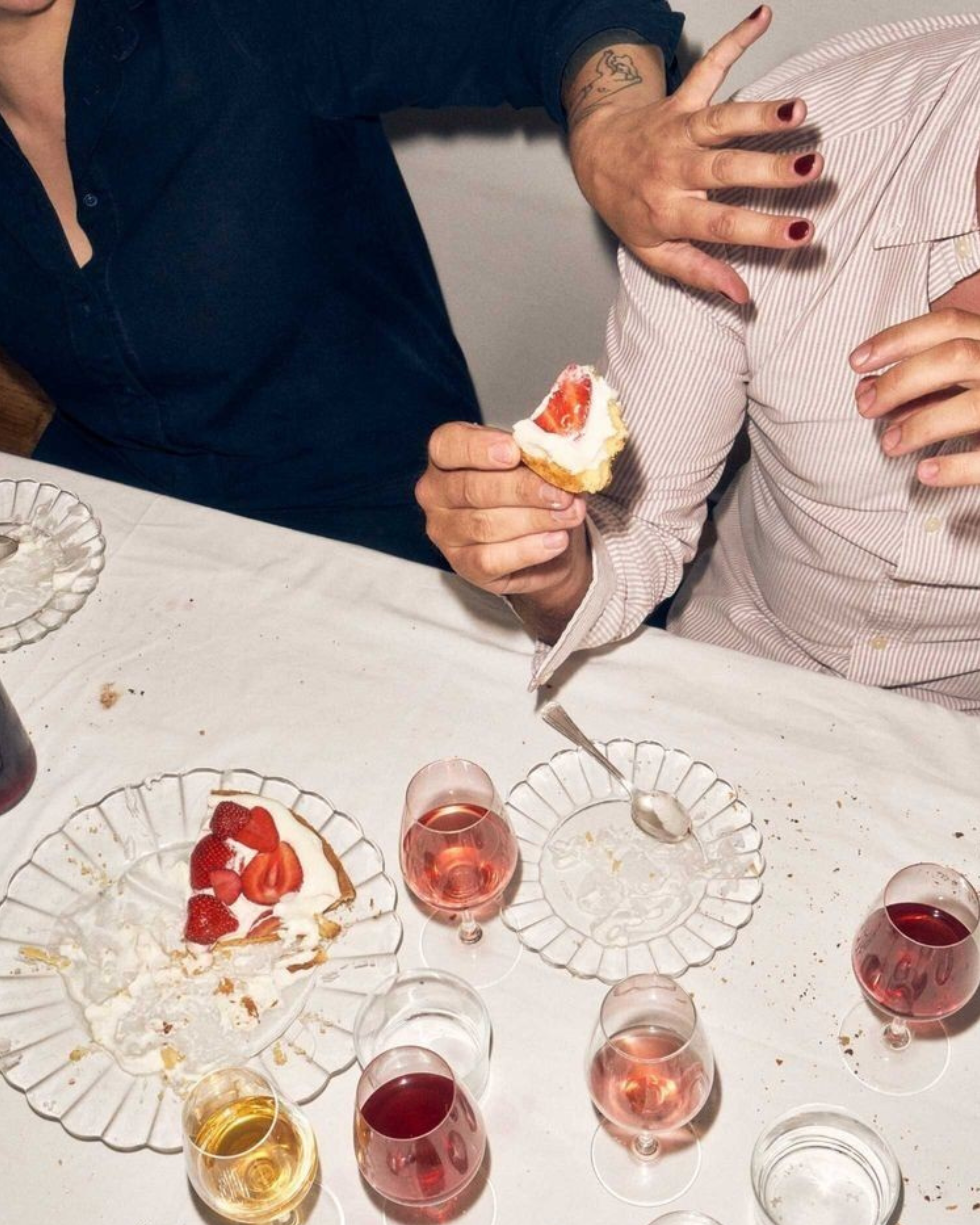
Words by Velin
There’s a peculiar poetry in the aftermath of a dinner. The plates, once arranged with painterly precision, now smeared with sauces and oil. Wine glasses tilted and stained, cigarette butts swimming in their porcelain ashtrays, crumpled napkins tossed like white flags of surrender. It is a tableau that many would call messy. At Velin, we call it beautiful.
The cult of perfection has long dictated our understanding of aesthetics. Spotless tables. Minimalist interiors. The mise en scène of life arranged for the gaze of others, not the enjoyment of ourselves. Yet beauty is not only in what is composed. It thrives in what unravels. A table in ruins is proof that something happened there. That laughter spilled louder than the wine. That stories stretched longer than the candles burned. That the night was lived, not curated.
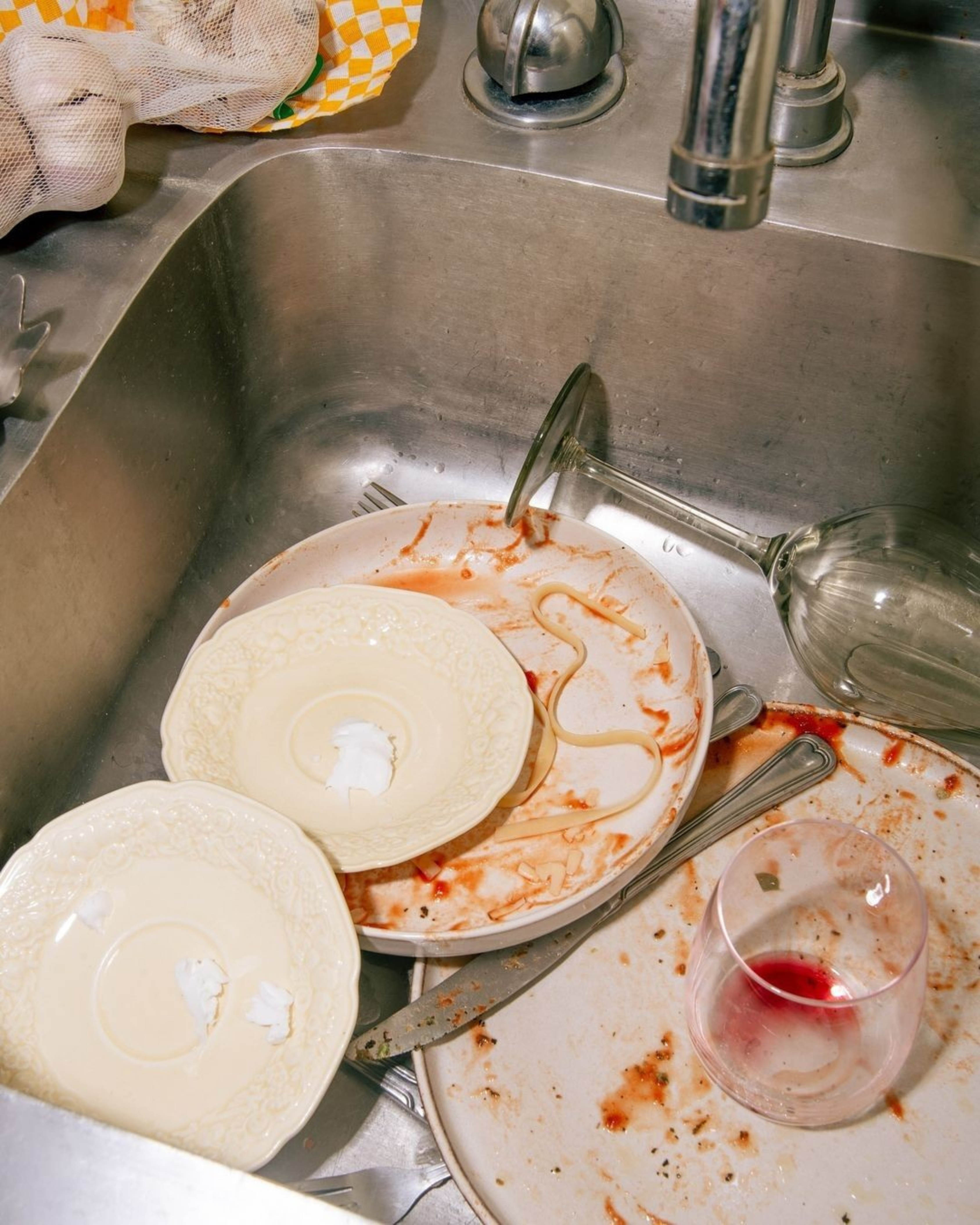
The aftertaste of beauty lies in evidence, not polish. Crumbs scattered across linen signal bread that was worth breaking. A lipstick print on glass whispers of intimacy more lasting than crystal clarity. Even the unglamorous cigarette butt is an artifact, proof that someone leaned back, exhaled, and existed in that moment. These fragments are not failures of order but witnesses of life.
At Velin, we admire good design. We believe in the power of objects, spaces, and images to shape experience. But we also advocate for living, fully and unapologetically. To eat without worrying about the stain. To host without fearing the mess. To understand that beauty is not sterilized. It breathes, crumbles, and overflows. The culture we champion is not one of pristine surfaces, but of human traces left behind.
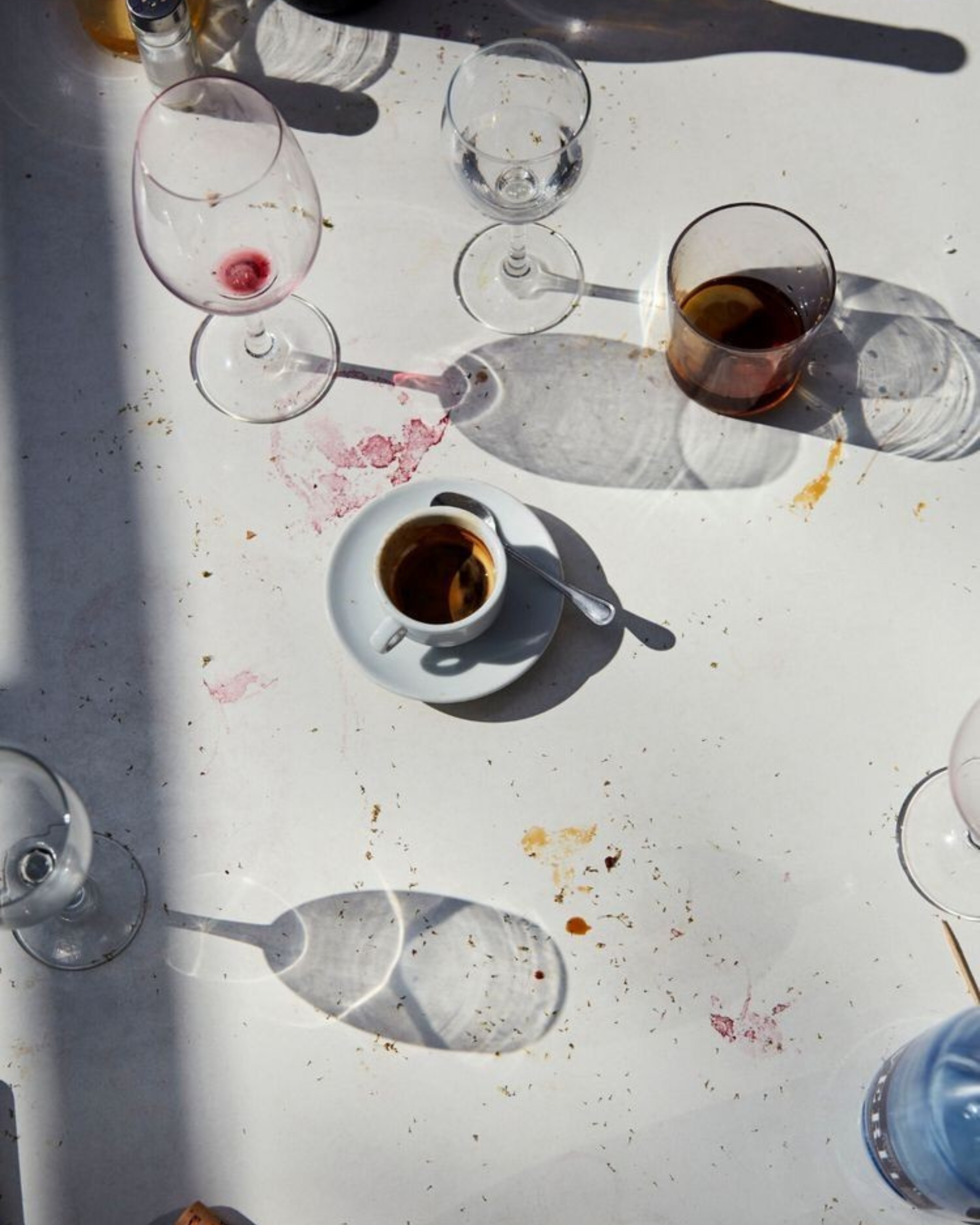
Consider the opposite. A flawless table untouched at the end of a night. Glasses polished, plates unmarked, napkins folded exactly as they began. What does that tell us? That nothing was risked, nothing consumed, nothing shared. Perfection in this case becomes sterile. It denies us the chaos that proves we are alive.
In the art world, some of the most arresting works are not those that depict harmony but those that embrace disruption. Think of Arte Povera, where discarded materials become charged with meaning. Or the raw still lifes of contemporary photography, where the meal is captured not at its peak but in its decline. They remind us that the residue of experience often speaks louder than its choreography. The table after a feast is no different. It is a painting we co create unconsciously, each bite and sip another brushstroke.
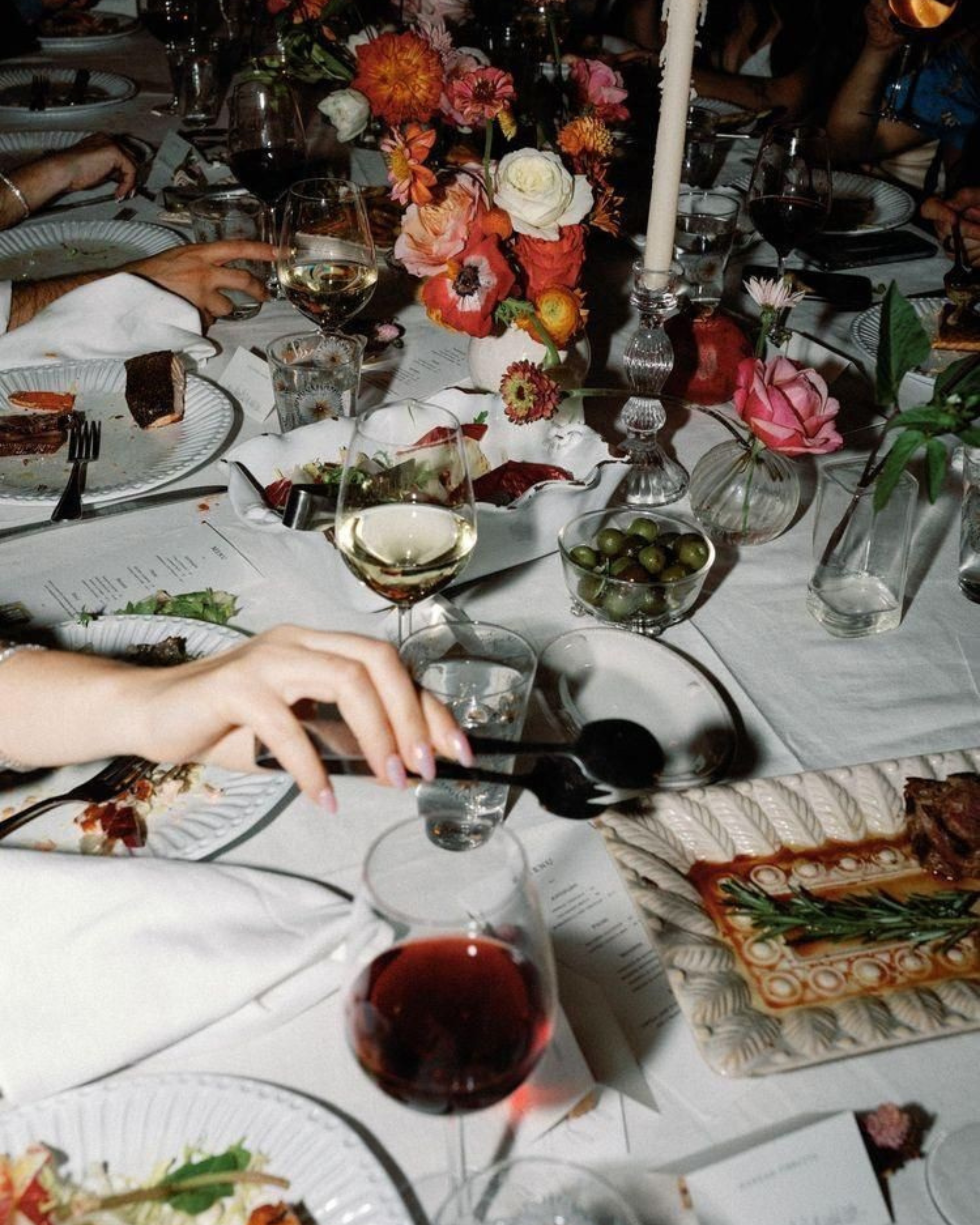
Our values at Velin orbit around this embrace. Yes, we curate. Yes, we obsess over detail. But we also defend the imperfect as a testament to life lived honestly. The images we archive are not only of polished objects but of aftermaths. The table after, the room after, the moment after. Because in the “after,” beauty lingers.
The next time you see a table littered with empty glasses and crumpled napkins, resist the instinct to tidy it away too quickly. Instead, pause. Admire the choreography of disorder. See it not as a ruin but as a relic. The aftertaste of beauty lies there, in the quiet proof that people gathered, that something mattered, that life, messy, delicious, uncurated, was lived.
